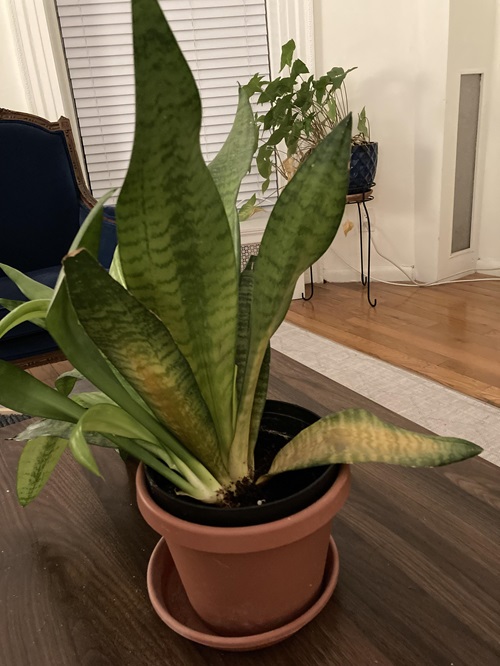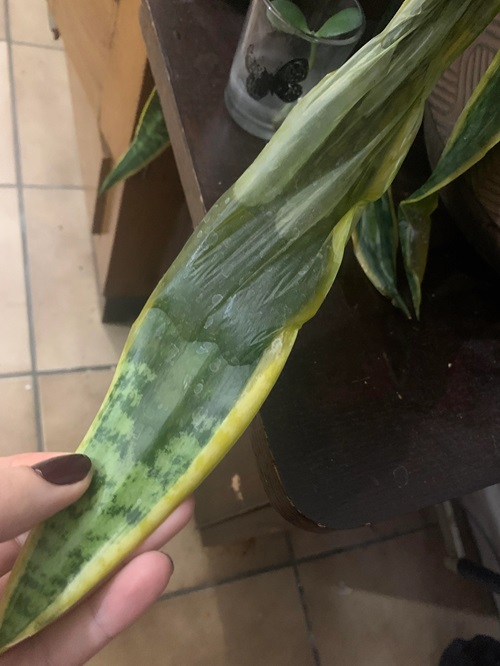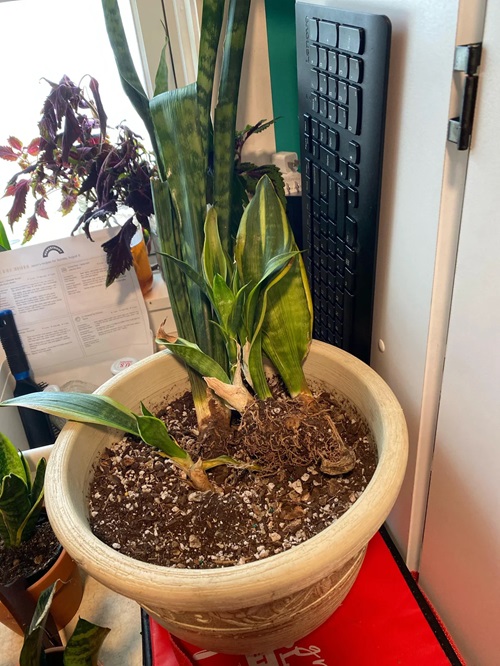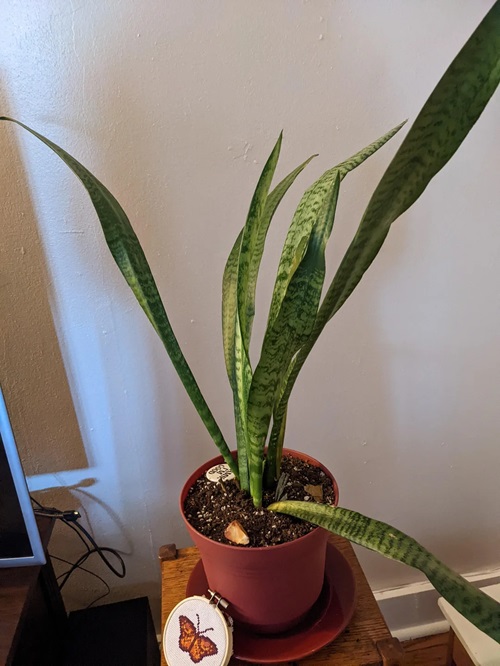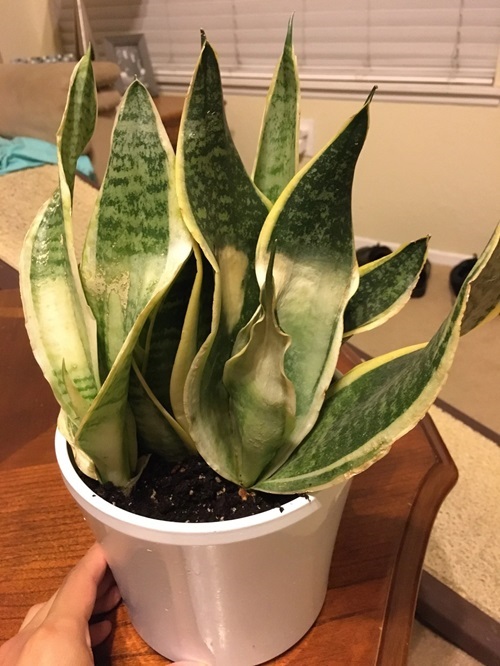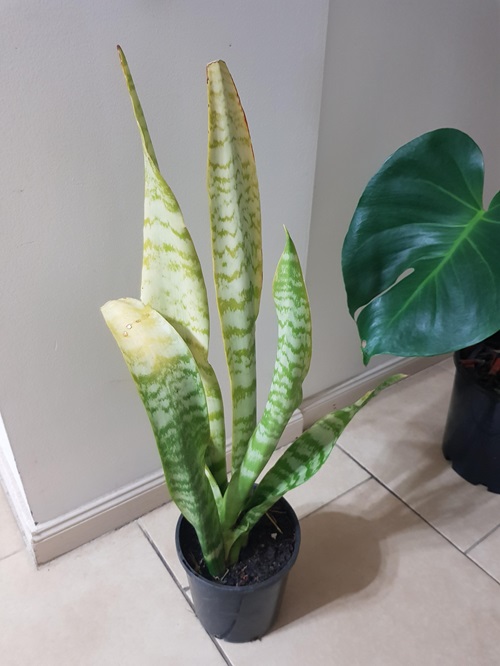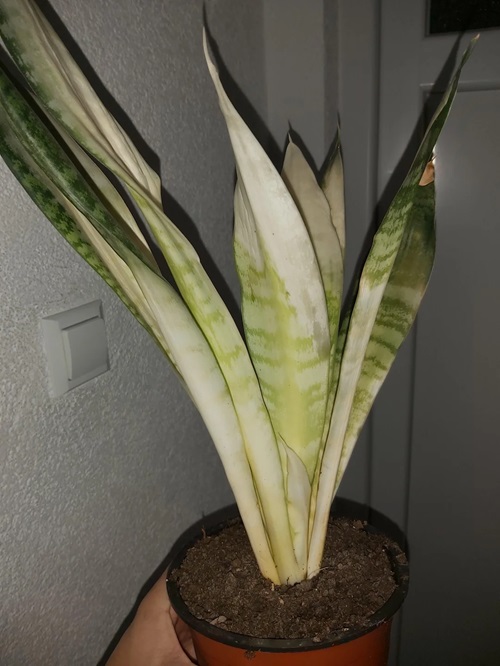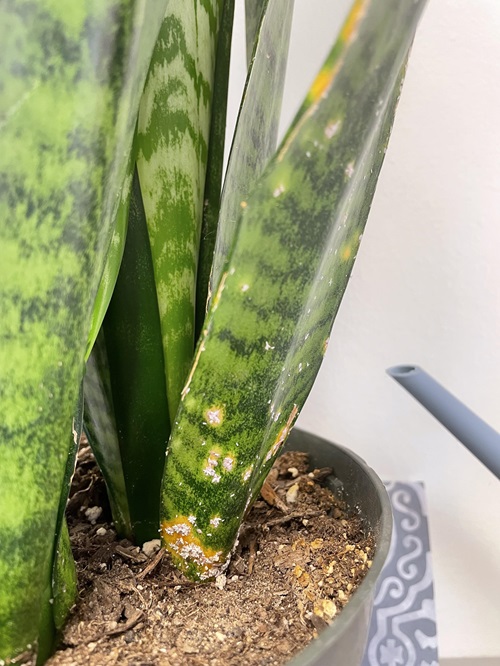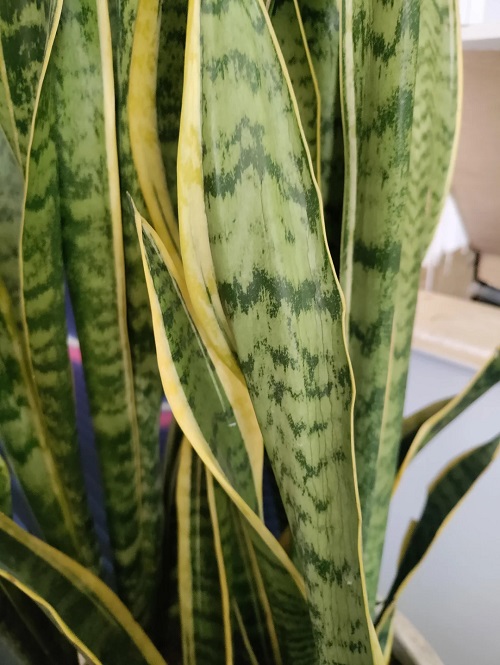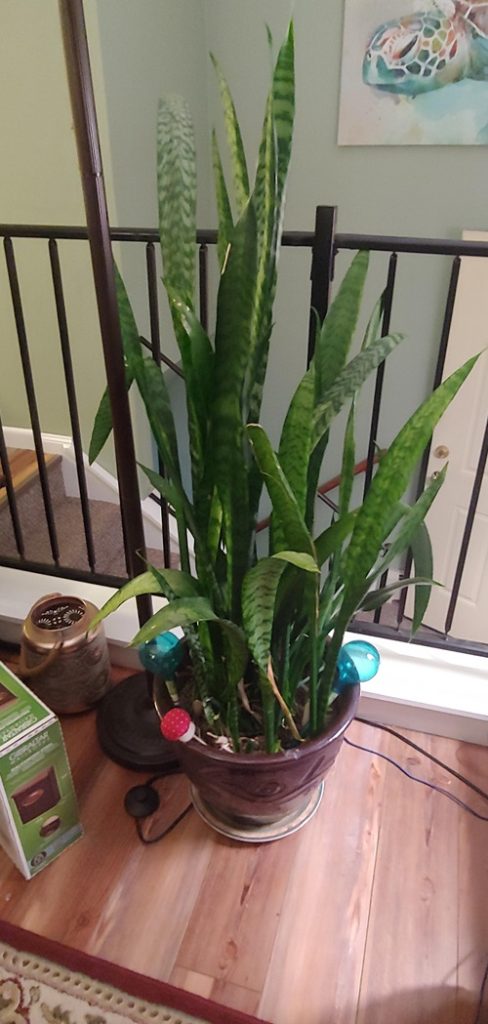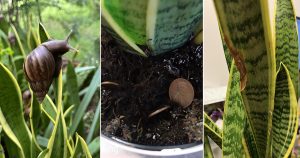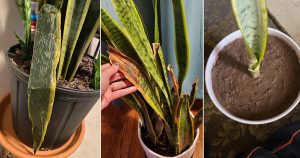Wondering why your Dracaena trifasciata looks dull? Learn how to Revive Your Snake Plant and identify problems and their Solutions
Snake plants are beloved for their beautiful look and easy care. But even these hardy plants can encounter issues that may leave their foliage yellowing, browning, curling, or drooping. If you’ve noticed your snake plant struggling, don’t worry! Here’s a guide to identifying common problems and the best solutions to get your plant back to its life.
Snake Plant Problems and Solutions
1. Overwatering
Snake plants store water in their leaves, so they need their roots to dry out between waterings. When the soil stays soggy, the roots can start to rot, causing the leaves to turn yellow, become mushy.
Solution: If you’ve overwatered your snake plant, stop watering it immediately and let the soil dry out completely. But, if they are brown and mushy, trim the affected areas and repot the plant in fresh, well-draining soil. Moving forward, water only when the top inch of soil is dry. Remember, less is more with snake plants!
Tip: Stick your finger an inch into the soil; if it feels dry, it’s time to water. Or you can use a moisture meter to check the soil’s dryness.
2. Poor Drainage
Poor drainage happens when the pot or soil doesn’t allow excess water to escape, leading to waterlogged soil. Snake plants need well-draining soil to prevent root rot. If water can’t drain away properly, the roots will sit in water and start to decay. This prevents the plant from absorbing water and nutrients effectively, causing the leaves to turn yellow.
Solution: You have to make sure that your snake plant is in a pot with drainage holes and use well-draining soil, like a cactus or succulent mix. If your pot doesn’t have drainage holes, consider repotting it into one that does. Proper drainage will help prevent water from sitting around the roots and causing rot.
Note: Adding some pebbles or gravel at the bottom of the pot can help improve drainage further.
3. Lack of Sunlight
Snake plants love indirect sunlight but can also adapt to low light conditions. However, too little light can make them stretch out, become leggy, and lose their vibrant color. This stretching, known as etiolation, weakens the plant, causing the leaves to turn yellow as they struggle with photosynthesis.
Solution: In this case, you should place your snake plant in bright, indirect light to keep it healthy and looking its best. If natural light is insufficient, consider using a grow light to provide the necessary illumination. And gradually introducing it to brighter light can help it adjust without causing stress. You can rotate your plant every few weeks to ensure all sides get equal light, promoting even growth.
4. Too Much Sunlight
Too much direct sunlight can also be harmful and it can scorch snake plant leaves, causing sunburn. This appears as white or yellow patches on the leaves, which can turn brown and crispy over time. Sudden exposure to intense sunlight without gradual adaptation stresses the plant and damages its cells.
Solution: If your snake plant is getting too much sun, move it to a location with less direct sunlight. You can also use sheer curtains to diffuse the light if it’s near a bright window. You just have to keep an eye on the plant and adjust its position as needed to prevent further damage. Use a light meter to gauge the intensity of light your plant is receiving and adjust accordingly.
5. Temperature Stress
Extreme temperatures can stress your snake plant. High temperatures can cause the leaves to overheat and yellow, while freezing temperatures or cold drafts can damage the cells, leading to turn pale, mushy leaves.
Solution: Keep your snake plant in a room with stable temperatures. Just avoid placing it near heaters, air conditioners, or drafty windows. Consistent, moderate temperatures will help your plant thrive without stress.
Note: Use a thermometer to monitor the temperature around your plant, especially if it’s near a window or door.
6. Nutrient Deficiency
Snake plants need essential nutrients like nitrogen, phosphorus, and potassium to thrive. A lack of these nutrients can cause leaves to turn yellow as the plant struggles to perform basic functions. This often happens if the soil quality is poor or if you haven’t fertilized your plant in a while.
Solution: Feed your snake plant with a balanced, water-soluble fertilizer every 4-6 weeks during the growing season. Ensure the soil is of good quality and is not depleted of nutrients. Proper feeding will keep your plant vibrant and healthy. Always follow the fertilizer package instructions to avoid over-fertilizing, which can harm your plant.
7. Pests and Diseases
Pests like spider mites and mealybugs can infest snake plants, sucking the sap and causing leaves to yellow, curl, and drop off. Fungal and bacterial infections also lead to yellowing, often due to overwatering, poor air circulation, or physical damage. These problems can spread quickly and harm the plant.
Solution: Regularly check your snake plant for pests and diseases. If you spot any, treat them immediately with insecticidal soap or neem oil. Ensure good air circulation around the plant and avoid overwatering to prevent fungal and bacterial infections. Keeping a close eye on your plant can help catch issues early.
Note: Wipe down the leaves with a damp cloth to remove dust and pests, and improve the plant’s overall health.
8. Under watering
Underwatering means your snake plant isn’t getting enough water. While they don’t need frequent watering, snake plants still require water to stay healthy. If they don’t get enough, their leaves will start to shrink, turn yellow or brown, and become dry and crispy. Also, this makes the plant look shriveled and weak, as it tries to survive on too little moisture.
Solution: To revive an underwatered snake plant, give it a good soak, allowing the water to drain out completely. Continue to water it whenever the soil feels dry to the touch, but don’t let it sit in water. Keeping a consistent watering schedule will help keep your plant healthy and hydrated.
9. Natural Aging
Snake plants naturally shed their oldest leaves as they grow. These leaves at the bottom turn yellow and fall off, making room for new growth. This process is very normal and not a cause for concern.
Solution: Simply trim away the yellowing, older leaves at the base of the plant. This helps the plant look neat and directs its energy to new growth. Routine maintenance will keep your snake plant looking fresh and healthy.
We know there can be many problems, but if you care for your Snake plants properly, they will be with you for a long time! Feel free to share your experiences and comments below. We’d love to hear how you’ve managed to keep your Sansevieria thriving!

